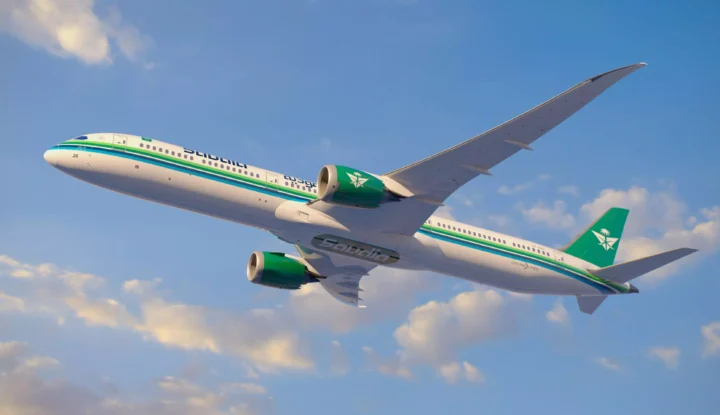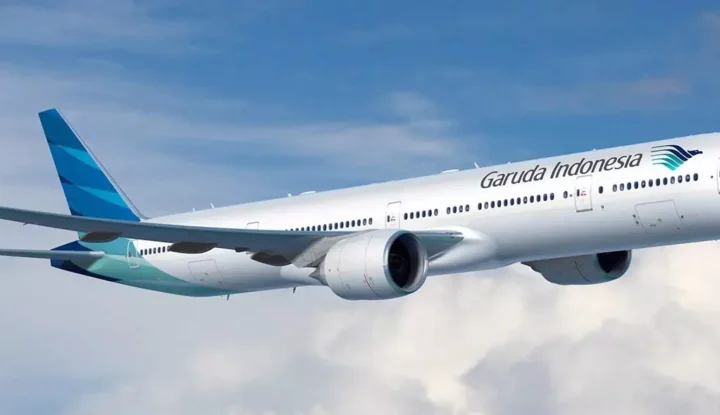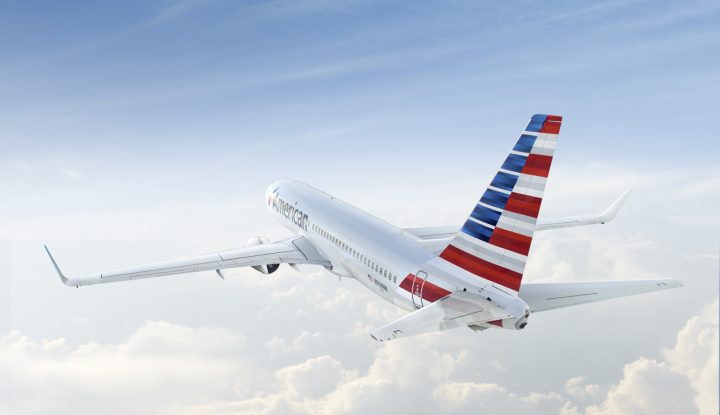SOUTHLAKE, Texas–(BUSINESS WIRE)–Nov. 16, 2005–As U.S. travelers recover from a turbulent hurricane season, they will once again be challenged as the upcoming busy holiday season and potentially rough winter weather could cause some of the lengthiest flight delays of the year.
Inclement winter weather combined with holiday travel crowds can be difficult for any traveler, but particularly for business travelers needing to adhere to a strict timetable. According to the 2005 Farmer’s Almanac, weather predictions for this year’s U.S. winter air travelers include:
-- Initially milder temperatures and weather in the East, with
the bulk of the winter turning out to be unusually cold with
plenty of snow, especially in the northern sections.
-- Overall warmer winter in the western U.S., but with a fair
share of snow and cold periods in the country's midsections.
Travelocity Business(SM) Eye on the Sky correspondent and former FAA air traffic controller, Rally Caparas, offers valuable tips to help business travelers avoid problematic flight delays, excessive airport congestion and missed flight connections during this busy time.
“While flight delays certainly occur all year long, winter weather can increase the likelihood of delays throughout the country,” said Caparas. “It’s important that everyone, and especially business travelers who are on tight schedules, be aware of potential delay situations at both their departure and arrival airports.”
During winter, airport flight schedules often become more of a wish list than a reliable guideline, so it’s important to build a travel strategy. Caparas is able to deliver valuable and time-saving travel information by leveraging key data from the FAA combined with his own experience and insight. Some of his top tips include:
-- Air travelers headed into a cold weather airport between
November 15th and March 15th should try to schedule their
flights to arrive between 11:00 a.m. and 5:00 p.m. local time
at their destination city, which is typically the warmest
period of the day and should translate into shorter delays and
less effects from freezing conditions.
-- As snow, sleet and ice become major factors, arrival delays at
these airports will regularly exceed two to three hours,
especially throughout the Midwest and Northeast.
-- De-icing procedures will become a daily routine at cold
weather locations. The delays will usually occur after
boarding the plane, so expect time spent on the airplane to be
longer than anticipated.
-- De-icing at traditionally warmer weather cities, such as Los
Angeles, Orlando and Houston, will usually result in delays of
an additional 30-60 minutes.
More runway closures take place during the winter season as runway snow removal and surface treatments are often needed on a daily basis. As a result, travelers will be forced to deal with a higher rate of not only delays, but also canceled flights.
-- Business travelers should be aware of likely delays and
cancellations when scheduling meetings and avoid scheduling
important business near planned arrival times. Travelocity
Business will advise travelers of flight cancellations and
runway closures daily through www.travelocitybusiness.com/eos.
-- Regardless of the season, certain runway configurations are
not conducive to strong, gusting winds. These airports
include, but are not limited to: Newark, LaGuardia and Chicago
O'Hare.
-- When flying out of the nation's major hub airports during the
wintry months, expect 30-60 minute departure delays to be very
common, pointing to the potential benefit of alternate
airports.
“Whenever possible, travelers should use alternate airports, which typically experience shorter and fewer delays,” said Caparas. “Some of the nation’s busiest cities like Chicago, New York and Washington D.C. offer great options for travelers who can fly into or out of the smaller, sometimes less crowded airports in these markets.”
According to Caparas, Chicago’s Midway airport can be a better option than O’Hare; New York’s JFK is sometimes better than Newark or LaGuardia; and Reagan National and Baltimore-Washington near Washington D.C. can offer alternatives to Washington-Dulles and Philadelphia, respectively.
— According to the Bureau of Transportation Statistics, the top
10 airports with the highest volume of travelers as of July
2005 are as follows:
1. Hartsfield-Jackson Atlanta (ATL) 6. Las Vegas McCarran (LAS)
2. Chicago O'Hare (ORD) 7. Phoenix Sky Harbor (PHX)
3. Dallas-Fort Worth (DFW) 8. Minneapolis-St. Paul (MSP)
4. Los Angeles International (LAX) 9. Detroit Metropolitan Wayne
County (DTW)
5. Denver (DEN) 10. Houston Bush Intercontinental
(IAH)
For the latest on airport conditions and airline schedule delays nationwide, access Travelocity Business’ Eye on the Sky, Rally Caparas, at www.travelocitybusiness.com/eos. Caparas also provides a full report, available toll free via telephone, at 1-877-FLYTIPS, (1-877-439-0280).
About Travelocity Business
Travelocity Business is a full-service corporate travel agency that helps companies easily manage travel and reduce costs, while providing more choices to travelers. Travelocity Business combines the savings and convenience of online with the full service of dedicated agents available 24/7 who typically answer the phone in 20 seconds, and within 60 seconds guaranteed (see site for guarantee details). Companies can cut travel costs through flight deals, Web fares, hotel discounts and reduced service fees — with average business airfare savings of 35%(a) or $185(a) per trip and service fees starting as low as $5 per trip.
Sabre Holdings Corporation (NYSE:TSG) is a world leader in travel commerce, retailing travel products and providing distribution and technology solutions for the travel industry. More information about Sabre Holdings is available at http://www.sabre-holdings.com.
Travelocity Business combines the expertise, service and travel choices of Travelocity(R) with corporate experience gained from serving more than half of the Fortune 200 companies. For more information, companies can visit www.travelocitybusiness.com.
(a) For Q1 2005, the average ticket price for Travelocity Business travelers was $347 compared to the industry available average airfare of $532 (NBTA “Changes in USA Network Airlines’ Domestic Fares” — February, 2005). Both studies compared U.S. domestic business roundtrip airfares in identical top business city pairs.
CONTACT: VOLLMER
Mary Kate Smither, 972-488-4790
marykate@vollmerpr.com
or
Travelocity Business
Noel Bilodeau, 415-932-1292
noel.bilodeau@travelocity.com
SOURCE: Travelocity Business


